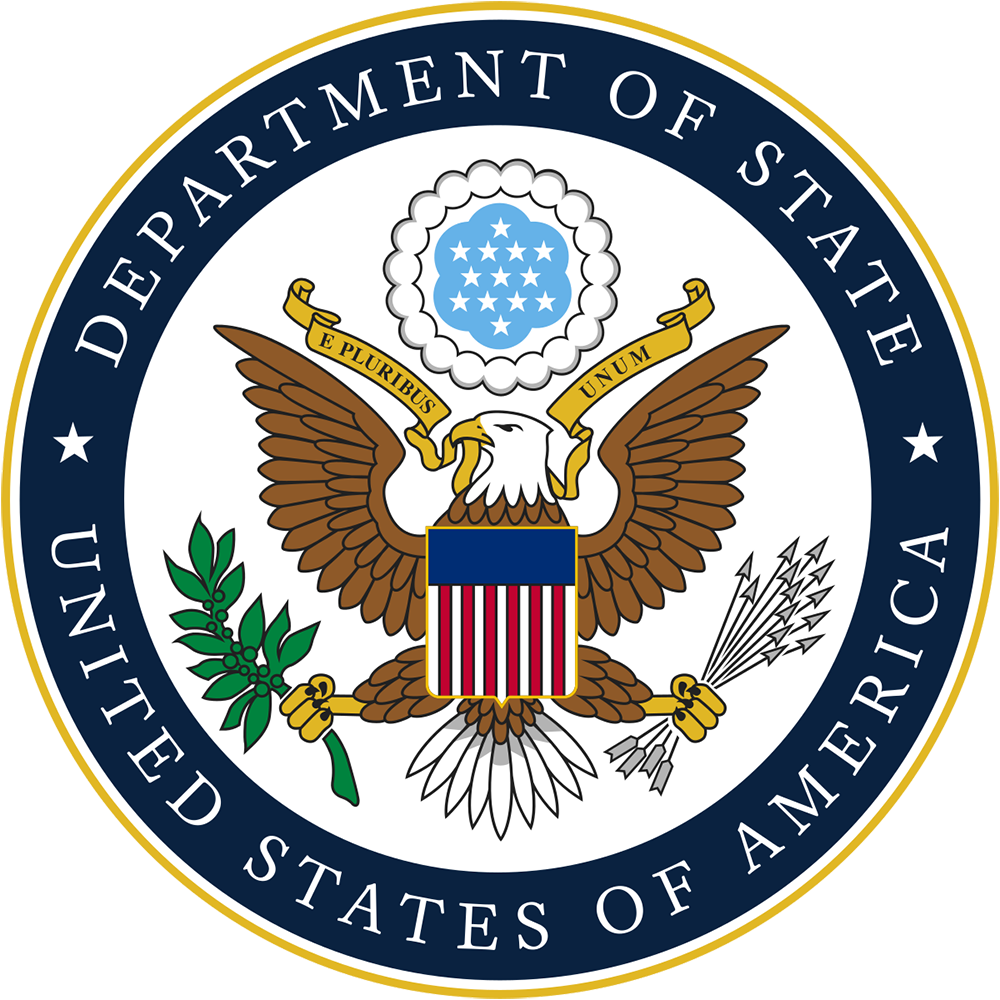
“Localizability”? Is that even a real word?
Most of the time you can send your documents to a language services provider, get the translations back, and are done. The file is clean, the words are translated, all of the numbers match, the graphics fit, and that’s that.
But for some projects, what is needed is translation beyond words.
Content used in marketing, legal, medical, and any culturally-sensitive contexts needs a different treatment than purely factual or “regular” wording. In these cases, MediaLocate recommends working with your language services provider to have them conduct a Localizability Assessment.
A Localizability Assessment is a way for you to ensure higher translation quality upfront, before your language services provider starts translating. The linguistic category of the assessment can also help make your content more natural and readable for your domestic audience. Most importantly, you will be fixing cultural faux pas and conflicting linguistic issues only once, rather than multiple times in each target language – that means exponential savings!
Here is a list of the main categories that we screen for when conducting a localizability assessment with our customers, as well as a sample of the questions we generally ask:
- Factual: Should addresses, phone numbers be localized? Should we change currency symbols?
- Linguistic: Does the customer have a style guide for each of the target languages? How should we handle stylistic aspects such as capitalization? Is the text free of spelling, grammar, and punctuation mistakes? Does the text have internal consistency? Is the terminology used consistently? Does the terminology make reference to any other documents or product labels or UIs?
- Cultural and Country: How should we handle personal questions, cultural metaphors, potential geopolitical issues? Can or should the source text be adapted to make it more neutral prior to translation, or should we consider transcreating the document so that the essential ideas and impact of the source text, images, colors, and designs are preserved and adapted to fit the norms of each target country?
- Product: Should we localize the product name? Should we help the customer with in-country research into proper branding of the product and feature names? Or should we transliterate the product name?
- Technical: How will various file formats like scanned PDFs, text/string extractions, or complex Excel file formats affect the localization process and ultimately translation usability? What file formats should be returned? Should we add language extensions or rename the files in any manner? How should we handle placeholders, concatenated strings, and ambiguous strings with no context?
Here are some examples of what you might see in Localizability Assessments:
| Source | Content type | Issue type | Question (LSP) | Answer (Client) |
| {0} joined {1} on {2} | UI | Technical | What do {0}, {1}, and {2} stand for? What does “joined” mean? | {0} = User{1} = Social network{2} = Date |
| When did you first hear your partner cough? | Medical | Cultural | What is the context of “partner”? Partner may have different connotations in some countries | Spouse or life companion |
| Make your Mark | Marketing | Linguistic | What does this slogan mean? What is the context of “Mark”? | Mark is a line of labelling products |
| For more tips, click here | Documentation | Product | Does tips mean “advice”? | Tips = soldering tips, the link goes to a product page with pictures of different tip types. |
| To reach technical support, call us toll-free at 800-123-4567 | Audiovisual script | Factual | Do you have local toll-free numbers | No, we need to remove this part of the sentence. |
So what can you do?
Many of our customers go through a learning process when we conduct a Localizability Assessment.
We thought it might be helpful to give you a few best practices when you get your content ready for localization:
- Go visual: Take a screenshot, a photo, or provide an illustration that shows key steps in your document. Visuals will not only add crucial context for the translators, they can also make your content more appealing and clearer for your domestic audience.
- Provide reference material: Send more content than you need to have translated so the translators can get a better idea of what you are trying to convey. The more related explanations, the clearer the translatable text.
- Test the content with a newbie: Share your text with someone who is not familiar with the text and ask them if they understand it. Chances are, if they don’t “get it” right away, neither will your translators, or worse, your customers.
- Avoid overly slangy or regional expressions: If you’re talking about making rezzies to chillax with your besties, then your international audience may not even have a way of saying that in their language and your translators may be completely confused.
Still curious about how to make your content as localization-friendly as possible? Contact MediaLocate’s experts and have us walk you through the process.
Click Here for Your Free Report: “Cut Costs, Not Corners” with Localization
Learn Ten Steps For Saving Your Localization Dollars.












